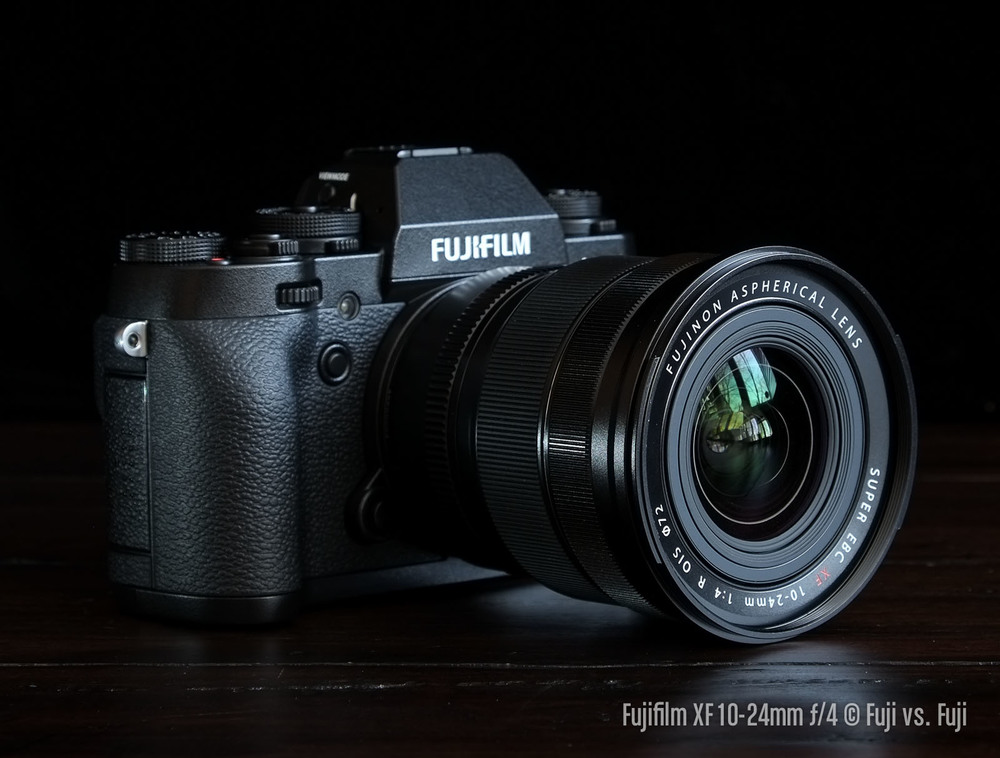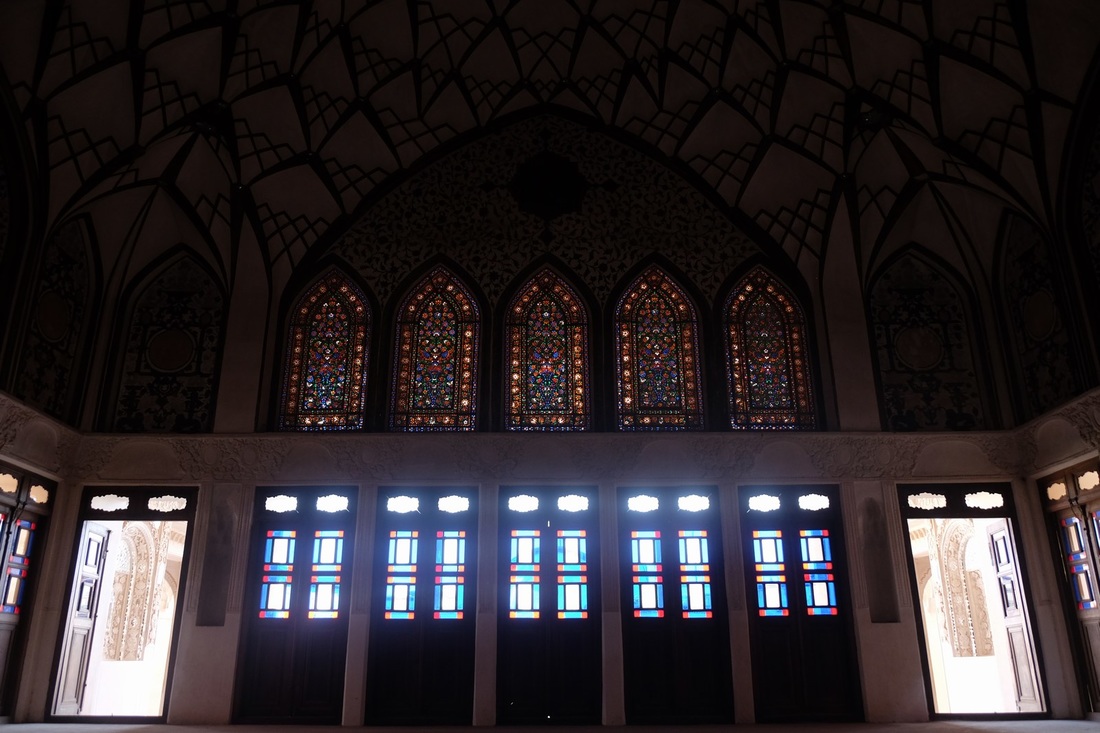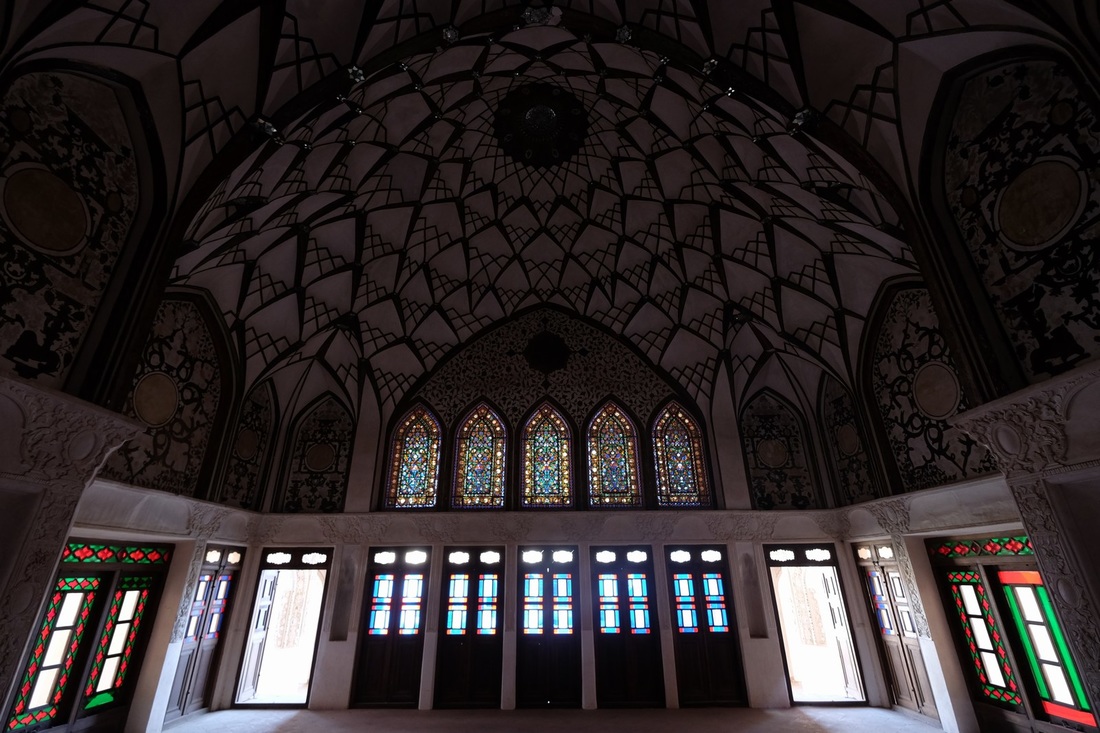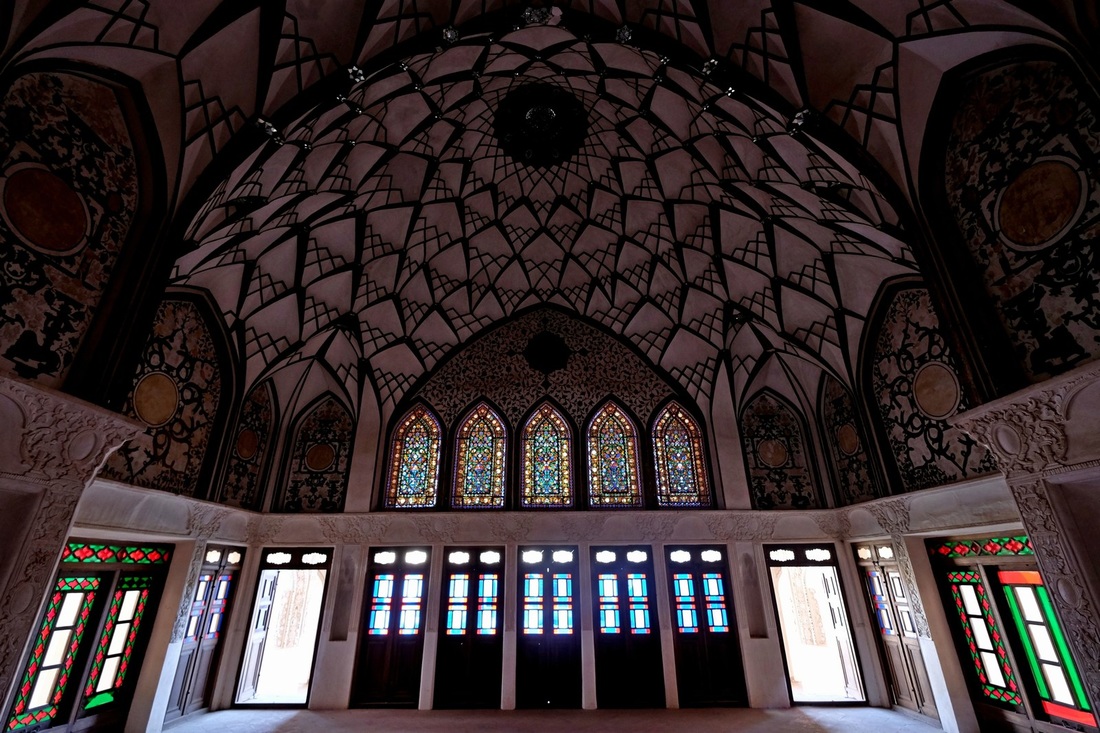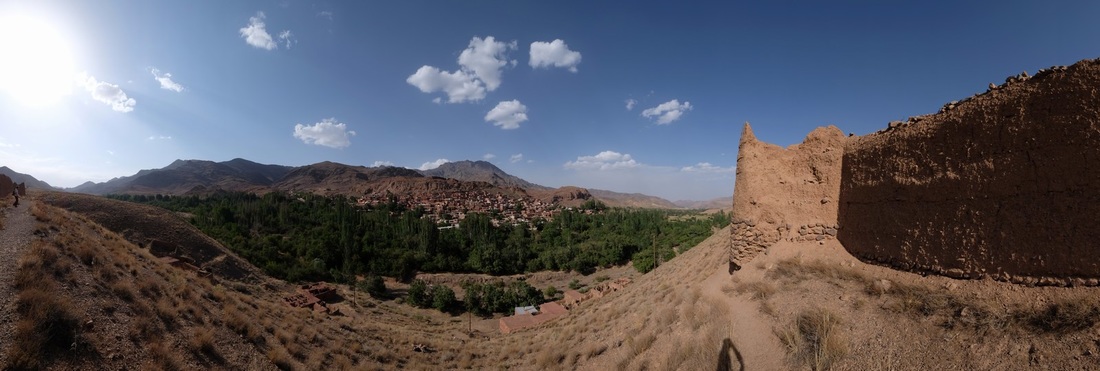The 10-24mm on a Fujifilm XT1 (my current camera). It's surprisingly compact for a lens with a 2.4x zoom range on the ultrawide end, and a constant F4.0. Image from fujivsfuji.com.
Notice some differences with the composition of my photos since I got to Iran? Well, its a little present I picked up for myself in Istanbul as a reward for making it this far without a major gotta-go-home incident.
I've been super impressed by this piece of glass. With a max F value of 4.0 (constant throughout the zoom range), it's not the fastest lens, but you don't really need super fast apertures for wide-angle photography anyway. Where it really stands out is the 100 (horizontal) by 80 (vertical) degree field of vision it gives the photographer. This is about as close you can get to human peripheral vision (140 by 80 degrees) without venturing into fisheye lens territory.
What's more, I've used wide glass from Canon, Sigma and Tokina before, but this one trumps them in terms of hand-feel (it's an all metal construction) and lack of visible distortion (very common for ultrawides) and vignetting. It delivers fantastic contrast for a zoom lens and is pretty sharp, even at the corners almost all the time, except for some slight softness at 24mm. But it's a negligible issue for such a versatile zoom range which covers both landscape and street photography focal lengths.
It perfectly complements my "traveler zoom", the Fujinon 18-135mm which I discovered ran into its limits when confronted with the massive monuments and panoramic vistas which were so common on this trip. This was the lens I should have started my journey with, but no regrets - I have it now!
For reference, the pics below illustrate how the right bit of kit can help deliver the right perspective in the right setting.
I've been super impressed by this piece of glass. With a max F value of 4.0 (constant throughout the zoom range), it's not the fastest lens, but you don't really need super fast apertures for wide-angle photography anyway. Where it really stands out is the 100 (horizontal) by 80 (vertical) degree field of vision it gives the photographer. This is about as close you can get to human peripheral vision (140 by 80 degrees) without venturing into fisheye lens territory.
What's more, I've used wide glass from Canon, Sigma and Tokina before, but this one trumps them in terms of hand-feel (it's an all metal construction) and lack of visible distortion (very common for ultrawides) and vignetting. It delivers fantastic contrast for a zoom lens and is pretty sharp, even at the corners almost all the time, except for some slight softness at 24mm. But it's a negligible issue for such a versatile zoom range which covers both landscape and street photography focal lengths.
It perfectly complements my "traveler zoom", the Fujinon 18-135mm which I discovered ran into its limits when confronted with the massive monuments and panoramic vistas which were so common on this trip. This was the lens I should have started my journey with, but no regrets - I have it now!
For reference, the pics below illustrate how the right bit of kit can help deliver the right perspective in the right setting.
This is the interior of an old mansion at 18mm (before crop factor). Straight out of camera, no editing. BORING!
This is at 10mm (before crop factor and no editing). Getting much more interesting! Amazing what a few milimetres of focal length can do for an image.
This is after I lifted the shadows in post-processing, and this is possible because of the XT1's fantastic dynamic range. This isn't perfect, but it's approaching what I saw with my own eyes and a decent representation of the actual scene.
Ok, so this is what happens when you do a panorama shot using the 10mm focal length. The added "width" basically means you can capture a field of view greater than 180 degrees i.e. now you have eyes at the back of your head! Now, it doesn't make for very realistic composition in the case of more complex landscapes, as shown above. But it can be very useful given the right conditions. We shall see!
